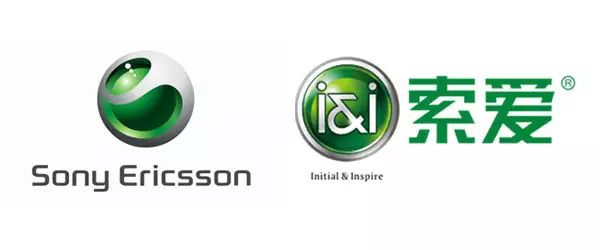Sophie Li, Lucy Zheng
Previously, we have introduced the importance of registering the Chinese-character trademark in advance and how to apply for registration. Then, after the Chinese-character trademark is registered, what else needs to be cautious so as to maintain the foreign trademark owner’s right and interests? We continue to discuss as following:
After registration, it is important for the foreign trademark owner to use his Chinese-character trademark actively, properly and continuously.
Active trademark use means the use on commercial scale by trademark owner himself and his licensee if there is any. The trademark owner/licensee shall use the mark as registered, without changing the trademark style arbitrarily. Otherwise, the local Administration for Industry & Commerce can order for rectification within a specified time. Failure of rectification will lead to cancellation of the trademark registration.
Besides, a registered mark shall be kept in consecutive use and the use evidence shall be preserved properly, as any person is entitled to file a cancellation application against a registered mark which he think or suspect having been ceased of use for three consecutive years. Last but not least, a mark shall be used as a commercial logo rather than as commodity name, so as to avoid becoming the generic name of product.
While using their trademarks in China, some foreign trademark owners may find the Chinese public or media, for the purpose to easily pronounce/remember, has already created a Chinese abbreviation, nick name, alternative name or vulgo for their foreign trademarks, and such Chinese abbreviation, nick name, alternative name or vulgo has built a stable correspondence with the original foreign mark. That is what we usually call “trademark passive use”.

In “LANDROVER” vs. “陆虎 (luhu)” trademark invalidation case, the Court of Second Instance recognized: the media’s use of “陆虎” referring to “LANDROVER” did not violate LANDROVER’s will, and this Chinese name had been accepted by the vast number of consumers; thus, the trademark registration of “陆虎” in Class 12 by Geely Company shall be invalid.

However, in “Sony Ericsson” vs. “索爱 (suoai)” trademark invalidation case, the Court of Second Instance rejected Sony Ericsson’s invalidation request against the trademark registration “索爱” in Class 9, reasoning that Sony Ericsson did not take the initiative to carry out any business activities of products bearing the mark “索爱” and itself also publicly denied “索爱”, which was frequently used by the media and consumers, was short for its company or trademark.
These two cases reveal that the recognition of passive use of trademark embodies the tendency from “formal justice” to “substantive justice”, which can better protect the petitioner from bad-faith registration. One key point is that it is not wise to totally deny the relation between the original trademark and the Chinese name, abbreviation, nick name, alternative name or vulgo created by the consumers and media. Sometimes, these “passive” names shall be included into extensive registration for protection.